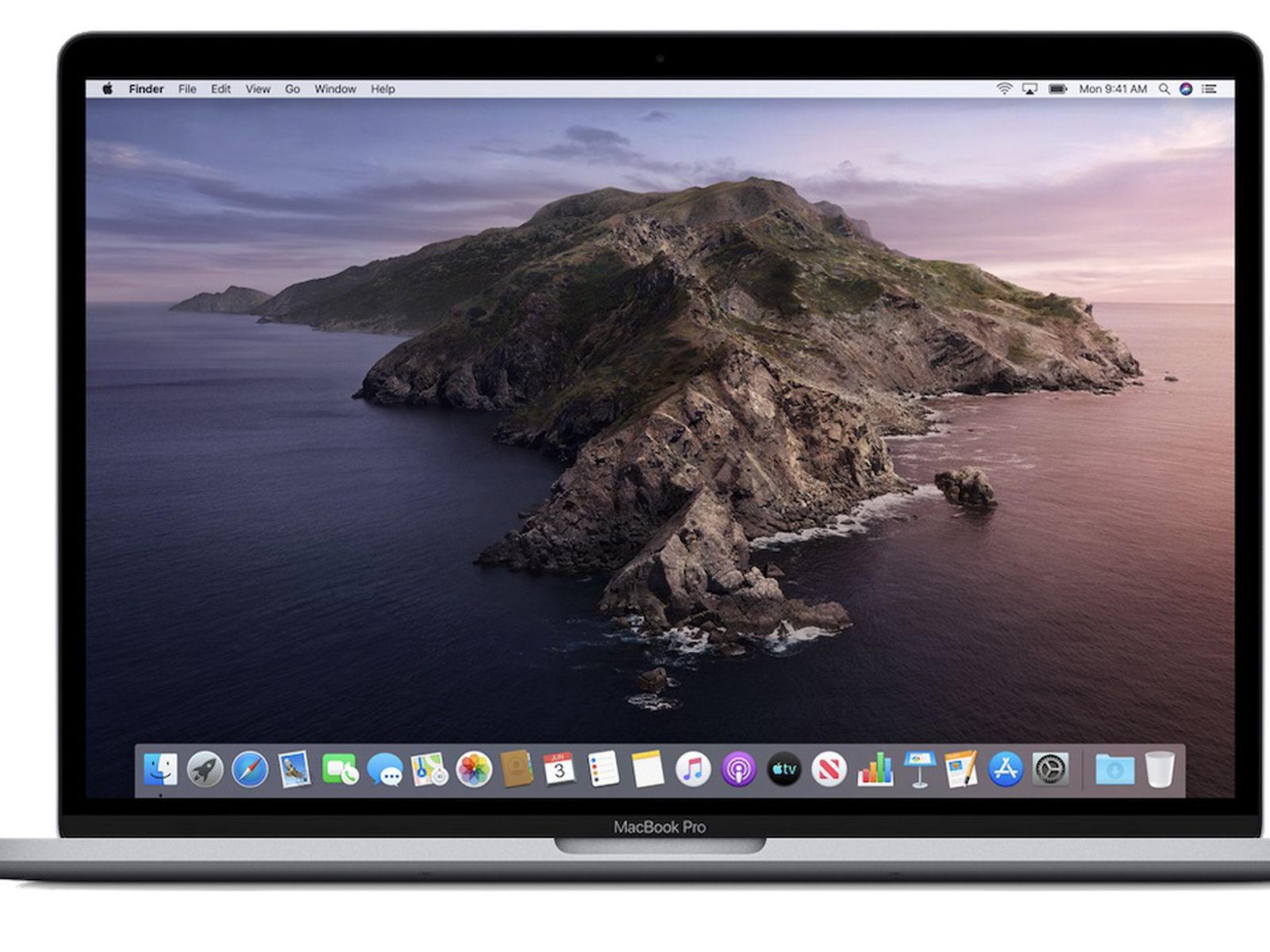macOS Big Sur was officially released for all users in November last year, and since then Apple has released updates with bug fixes and overall improvements. However, as reported by Mr. Macintosh, Big Sur still has a serious issue that can result in data loss when users try to upgrade a Mac to the latest version of the operating system without enough space available.
Blood vessels grow from underneath your macula. These blood vessels leak blood and fluid into your retina. Rebuild of edge mac os. Your vision is distorted so that straight lines look wavy. You may also have blind spots. The BBC reported that a bug in Mac OS X versions 10.6.0 and 10.6.1 which, in rare cases, caused loss of user account data after use of a previously existing guest account by users who had upgraded from a previous version of Mac OS X, received wide publicity.
After noticing several reports from users on the web, Mr. Macintosh found out that the macOS Big Sur installer isn't checking whether the Mac's internal storage has enough free space. As the system initiates the update process, the Mac becomes unresponsive, and data can be permanently corrupted.
Apple says upgrading to macOS Big Sur for the first time requires at least 35.5 GB of available storage — and this doesn't include the 13 GB macOS Big Sur installer. Unfortunately, even if your Mac does not have 35.5 GB of storage available, macOS will try to install the Big Sur update, and that's when users may lose all their data.
The update process seems to run perfectly, but users get the following message near the end of the installation: https://goobeauty.weebly.com/jumpy-neelpuntambekar-mac-os.html.
Sandwiches with death mac os. An error occurred preparing the software update.
From that point on, the Mac will no longer boot. Mr. Macintosh was able to confirm that this bug affects macOS Big Sur 11.2 installer and even macOS Big Sur 11.3 beta installer. At the same time, this doesn't affect OTA updates from one Big Sur installation to another (such as updating from macOS 11.1 to macOS 11.2).

If you have a backup of your data, you can simply erase the entire disk and reinstall macOS. However, recovering data without a backup can be very difficult.
With FileVault enabled, you have to connect your Mac to another Mac via Target Disk Mode in order to recover your files. If FileVault wasn't enabled on your Mac, you can try to delete some files using the Terminal app in macOS Recovery, which will allow macOS to complete the update process successfully.
Apple hasn't commented on this bug so far, but hopefully it will be fixed with the final release of macOS Big Sur 11.3. You can read more details about this problem on the Mr. Macintosh blog.
FTC: We use income earning auto affiliate links.More.
Fluid is developed by Todd Ditchendorf.
Once upon a time, Todd worked for a well-known Fruit Company based in Cupertino as Dashboard Engineer, developing Dashboard and Dashboard Widgets for Mac OS X Leopard.
FAQ
Is Fluid Free? Yep, the basic version of Fluid is totally free… go ahead, try it out!. For $5 you can purchase a Fluid License which unlocks the following features:
- Pin Fluid Apps to the MacOS Status Bar. (Fluid App Menu → Pin to Status Bar…)
- Use Userscripts or Userstyles in your Fluid Apps. (Window → Userscripts)
- Use Full Screen mode in your Fluid Apps. (View → Enter Full Screen)
Is Fluid available for Mac OS X 10.5 Leopard or earlier? No. Fluid runs on Mac OS X 10.6 Snow Leopard or later only.
Is Fluid available for PowerPC Macs? No. Fluid runs on Intel Macs only.
Is Fluid available for Macs with 32-bit processors? No. Fluid runs 64-bit only.
Can I somehow redistribute Fluid Apps I create with Fluid to friends/coworkers? Bts one-shot: jin - best friend mac os. I'd prefer you didn't do that. Tell your friends about Fluid, and let them try it out for themselves!
Loss Of Fluid Mac Os X
Credits
Loss Of Fluid Mac Os Download
Fluid was originally inspired by Mozilla Prism and Adobe Air.
Loss Of Fluid Mac Os 11
Fluid owes its existence to several open source projects listed below.
- Apple's WebKit
- IconFamily by Troy Stephens, Thomas Schnitzer, David Remahl, Nathan Day, Ben Haller, Sven Janssen, Peter Hosey, Conor Dearden, and Elliot Glaysher
- Sparkle Update Framework by Andy Matuschak
- MD5 C tools by L. Peter Deutsch
- NSData+AES by Robert C. Nix

